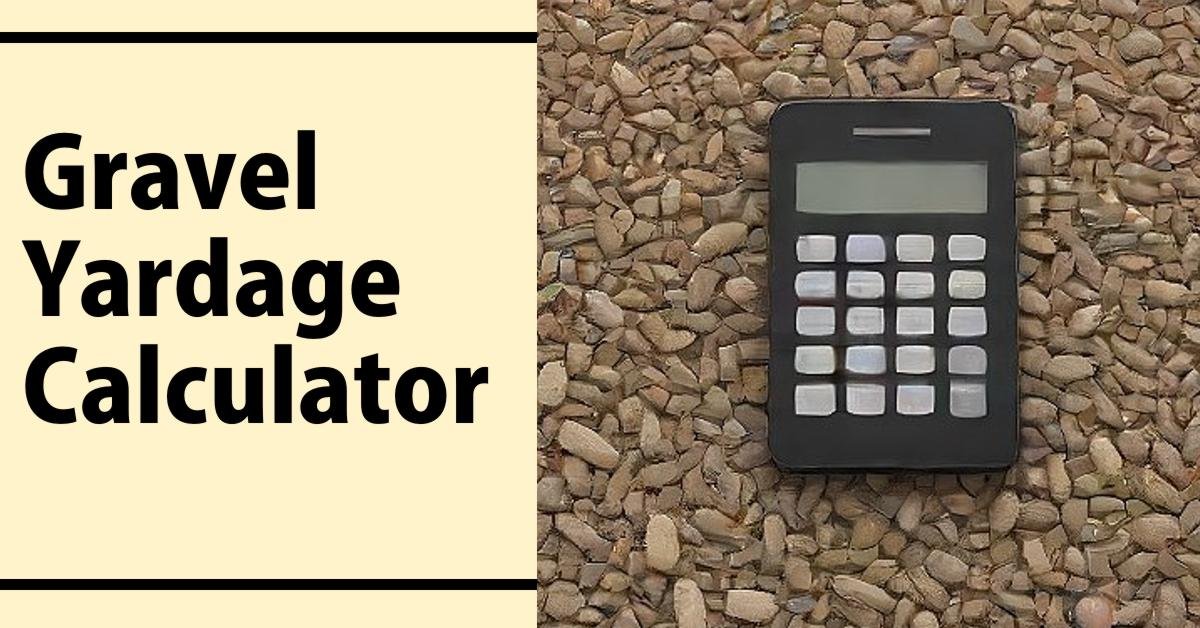Gravel Yardage Calculator
Here is the Gravel Volume Converter Cubic Yards Calculator From Tonnage
Gravel Volume Converter
Gravel Yardage Calculation
To determine the amount of gravel needed for a project, you need to calculate the surface area based on the shape and dimensions, and then multiply it by the desired gravel depth.
For a Square Area: Area = Side length × Side length
For a Rectangle Area: Area = Length × Width
For a Rectangle Border Area: Area = 2 × (Length + Width) × Border Width
For a Circle Area: Area = π × Radius^2
For a Circle Border Area: Area = π × (Outer Radius^2 – Inner Radius^2)
For an Annulus Area (ring shape): Area = π × (Outer Radius^2 – Inner Radius^2)
For a Triangle Area: Area = 1/2 × Base × Height
For a Trapezoid Area: Area = 1/2 × (Base 1 + Base 2) × Height
Once you have measured square units multiply them with gravel depth in feet or inches to get volume in cubic units. Finally, divide this volume by 27 as there are 27 cubic feet per cubic yard to convert it to cubic yards.
Cubic Yards Calculation from Tons
To convert tons of gravel to cubic yards, know the density of the gravel material.
Typical densities for gravels range from around 1.4 to 1.7 tons per cubic yard. For purposes of this example, we shall use a density equal to 1.5 tons/cubic yard.
Calculating Cubic Yards from Tons:
Cubic Yards=Tons/Density(in tons/cubic yard).
For example, if you have ten tons of gravel :
Cubic Yards=10tons/1.5tons/cubic yard
Cubic Yards=6.67cubic yards
Remember that density can vary depending on what type of gravel, how much moisture it contains, and compactions levels among other things so always check for the specific density to make any calculations accurately.
